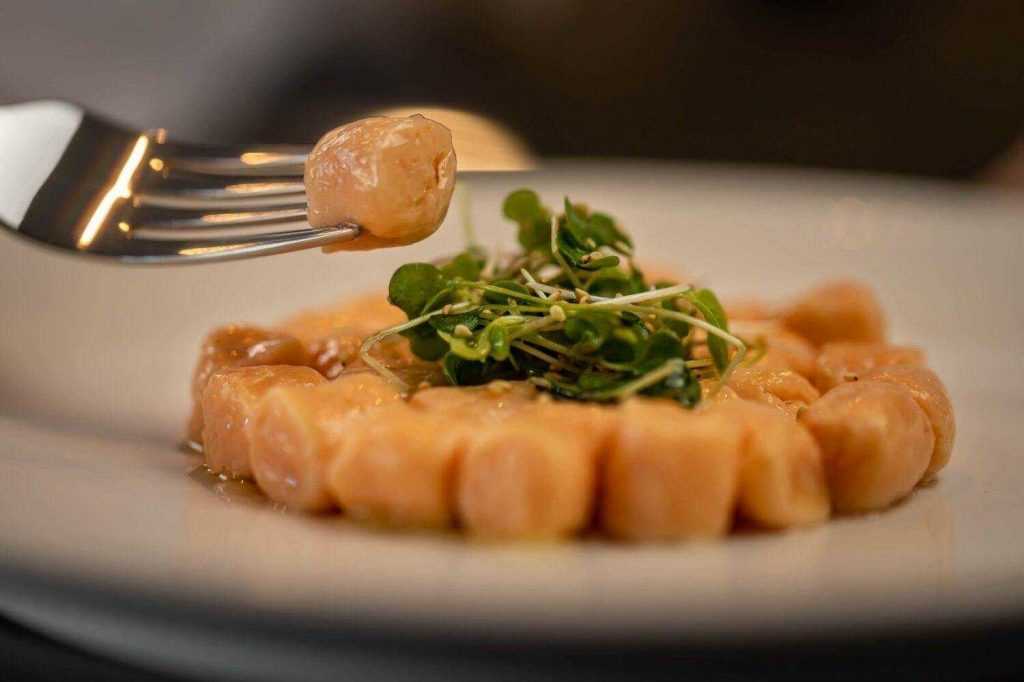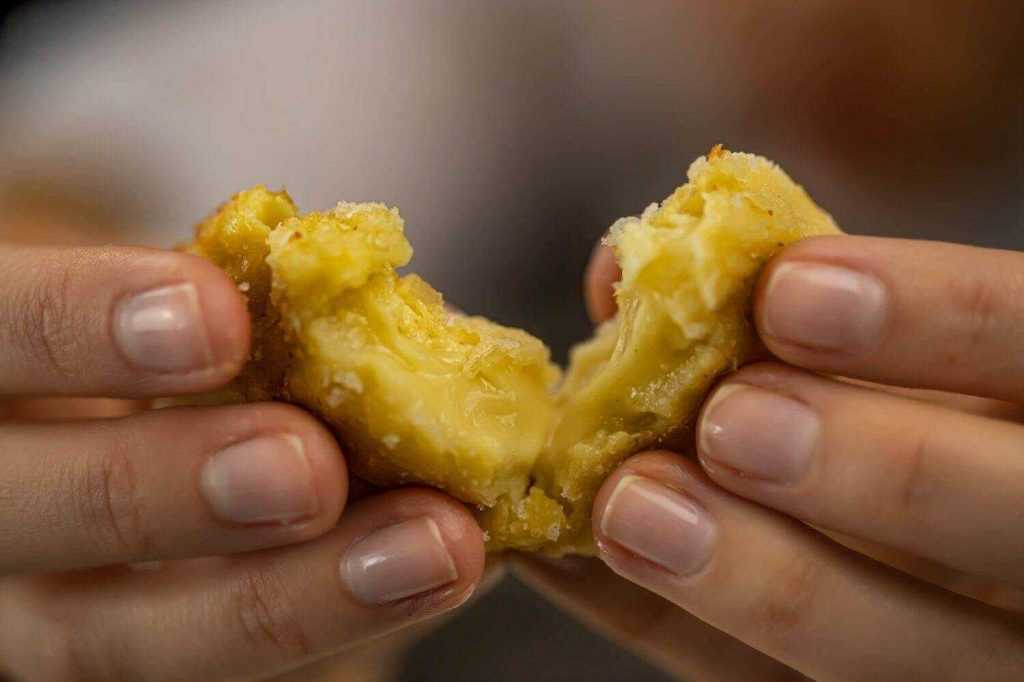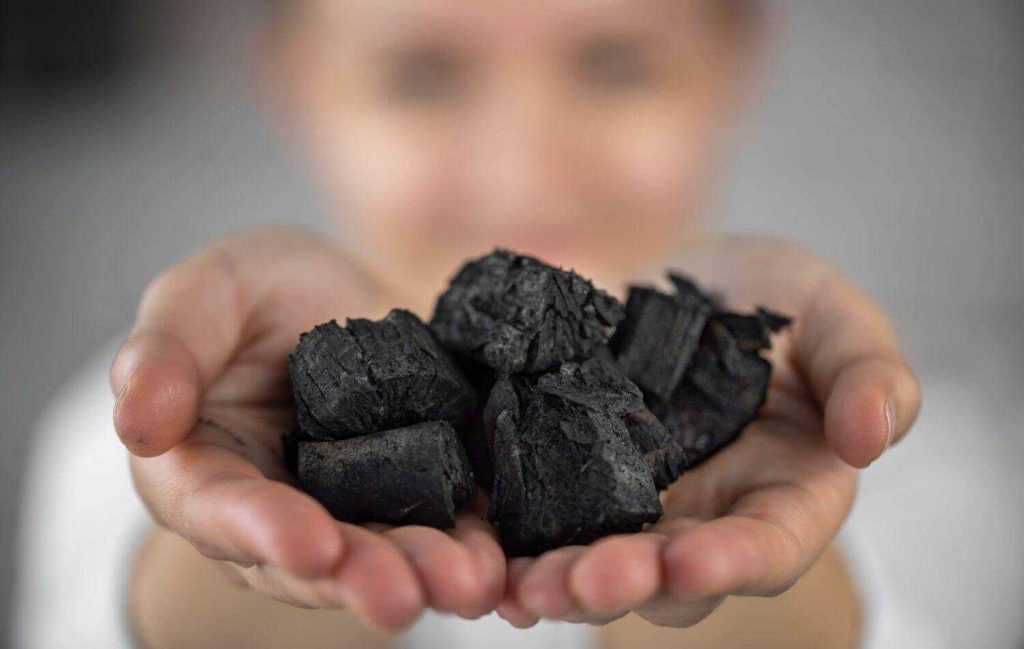Kuzu Blueberry Tofu dessert recipe
It will take you literally 15 min to make this incredible Kuzu Blueberry “Tofu” dessert. It’s very easy to make and it’s one of the most delicious, light desserts out there. And, let’s just say it right here, it’s not an actual Tofu. There’s not soy in this recipe, but the texture on the end product is very similar to silken tofu. This recipe was inspired by 2 very popular Japanese desserts, called and Kuzukiri. In Kuzumochi only water and sugar are usually used. Instead here, I’ve decided to use a more fresh and bright ingredient – fresh blueberries. You can of course, explore your flavours and substitute it to other juices & blends. Kuzu, a.k.a. Kudzu starch is an amazing ingredient. It’s one of the most distinctive types of starches. You can learn more about it HERE. I’ve also made a video on Kuzu starch (below), showcasing this Kuzu dessert recipe. [siteorigin_widget class=”WP_Widget_Media_Video”][/siteorigin_widget] You can purchase Kuzu (Kudzu) starch HERE: https://amzn.to/2GldKEi If you want to learn other cool culinary techniques, click HERE. You can also see more of my video recipes HERE.
Kuzu Blueberry Tofu dessert recipe Read More »




